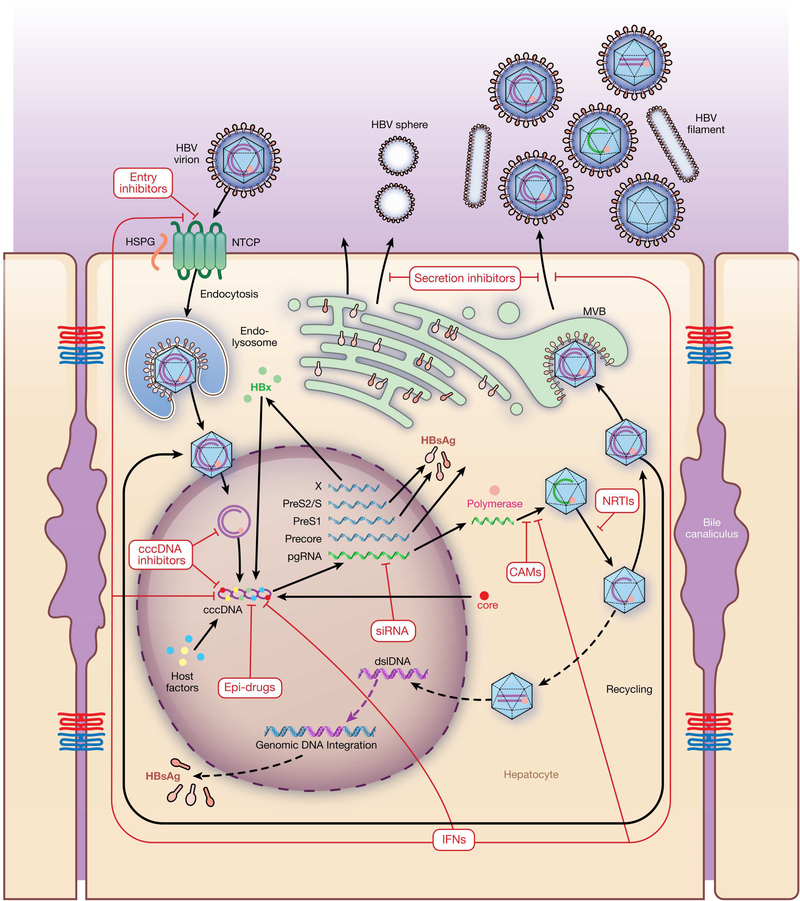Figure 1. HBV Life Cycle and Therapeutic Targets.
The HBV cycle includes virus attachment, entry, uncoating, trafficking to nucleus, cccDNA formation, transcription, translation, encapsulation, secretion, and integration. HBV infection is initiated via interaction with heparan sulfate proteoglycans (HSGP), resulting in a large envelope protein that binds NTCP. After internalization, viral capsids are released and then directed to the nucleus, where the HBV genomes are released. In the nucleus, relaxed circular DNA genomes are converted into cccDNAs, which can persist in the nucleus of infected cells as a mini-chromosome and serve as template for viral RNA transcription. Viral mRNAs are transported to the cytoplasm, where they are translated into viral proteins. Together with the viral polymerase, the pgRNA is encapsulated and reverse transcribed within the nucleocapsid into progeny rcDNA. Mature nucleocapsids are then either directed to the MVB pathway for envelopment with HBV envelope proteins or re-directed to the nucleus to establish a cccDNA pool. dslDNA that contains capsid is also produced that can be integrated into the cellular genome or released as defective virion. Drugs or antiviral agents designed to target different steps of the HBV life cycle are shown in red.

